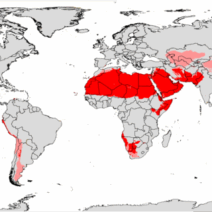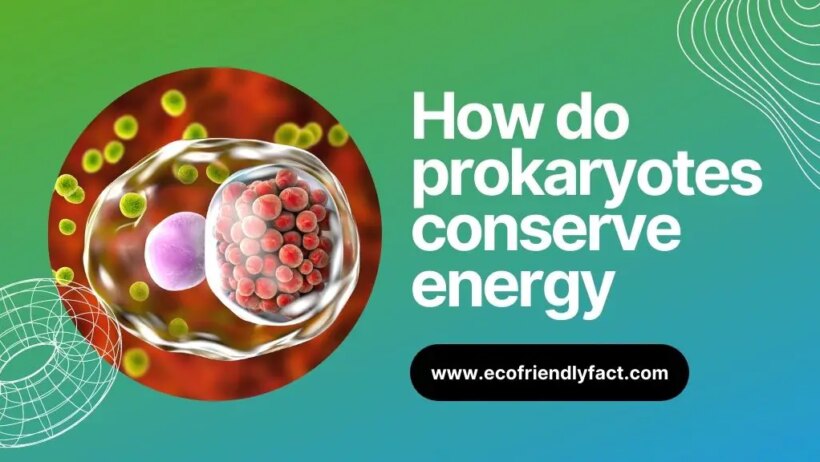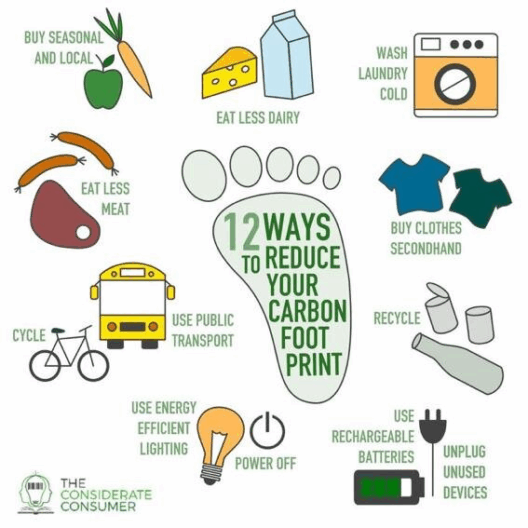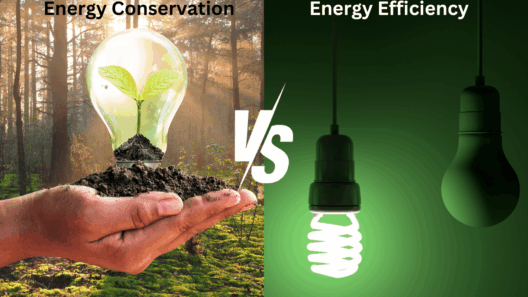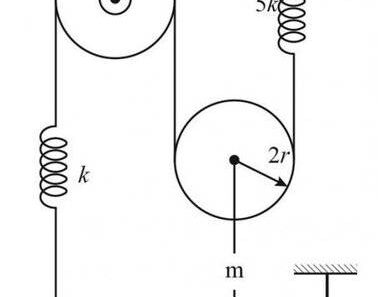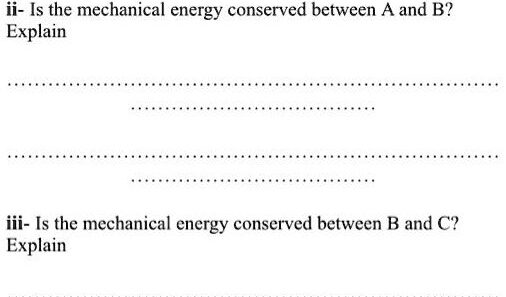The intricate world of prokaryotes, encompassing a vast array of bacteria and archaea, serves as a testament to the efficiency of life forms that operate without a complex cellular structure. One of the most compelling aspects of these microorganisms is their unparalleled capacity to conserve energy, a trait that remains a focal point of scientific inquiry and environmental discourse. Understanding how prokaryotes manage to thrive in diverse and often extreme environments sheds light on their remarkable adaptability and suggests applications for sustainable practices in human energy consumption.
At the heart of prokaryotic efficiency lies their unique metabolic pathways. Unlike eukaryotes, which rely on intricate organelles to carry out energy production, prokaryotes utilize simpler, yet highly effective methods of generating energy. These microorganisms predominantly harness the energy stored in chemical bonds through processes such as cellular respiration, fermentation, and photosynthesis. Each of these pathways serves to optimize energy production while minimizing resource expenditure.
Cellular respiration in prokaryotes primarily occurs via anaerobic or aerobic processes. In aerobic respiration, prokaryotes utilize oxygen to enhance the energy yield from glucose breakdown. The process culminates in the electron transport chain, a series of reactions that efficiently converts biochemical energy into adenosine triphosphate (ATP). On the other hand, anaerobic respiration employs alternative electron acceptors, such as nitrate or sulfate, allowing prokaryotes to thrive in environments devoid of oxygen. This flexibility underscores their evolutionary adaptation, enabling them to inhabit a wide range of ecological niches.
Fermentation, another essential metabolic process in prokaryotes, demonstrates their capacity to conserve energy in environments where oxygen is scarce or unavailable. During fermentation, glucose is partially oxidized, resulting in the production of energy alongside byproducts such as ethanol or lactic acid. This process is notably less efficient than respiration but serves as a critical survival strategy for prokaryotes, emphasizing their ability to navigate fluctuating environmental conditions.
Photosynthesis, particularly among prokaryotes like cyanobacteria, further exemplifies their energy conservation strategies. These microorganisms utilize sunlight to convert carbon dioxide and water into glucose and oxygen, employing chlorophyll and other pigments to capture light energy. The simplicity of their photosynthetic machinery, coupled with the ability to fix carbon efficiently, allows cyanobacteria to flourish in diverse aquatic environments. As a pivotal player in the production of atmospheric oxygen, these prokaryotes significantly contribute to the global carbon cycle and influence climate regulation.
Additionally, prokaryotes exhibit a keen sense of resourcefulness in energy conservation through their capacity to form biofilms. These microbial communities provide a protective matrix that enhances nutrient uptake and minimizes energy wastage while facilitating intercellular communication. By adhering to surfaces and forming complex structures, biofilms serve as microenvironments where prokaryotes can optimize nutrient access and energy utilization. This communal behavior not only promotes survival but also allows for intricate interactions with other organisms, contributing to ecological balance.
Moreover, the phenomenon known as “quorum sensing” illuminates another layer of prokaryotic efficiency. This communication mechanism allows prokaryotes to sense population density and modulate gene expression accordingly. When a critical threshold of cell density is reached, prokaryotes can alter their behavior, such as initiating a biofilm formation or switching metabolic pathways. This coordinated response conserves energy by ensuring that metabolic expenditure aligns with resource availability, underscoring the intelligence inherent in these microbial systems.
The energy conservation strategies of prokaryotes resonate strongly with contemporary environmental challenges. As society grapples with the pressing need for renewable energy sources and sustainable practices, insights gleaned from prokaryotic efficiency hold promise for innovative solutions. For instance, the principles of anaerobic digestion, inspired by prokaryotic fermentation, have been harnessed to convert organic waste into biogas, a renewable energy source that can mitigate landfill waste while reducing greenhouse gas emissions. Furthermore, the study of biofilms has led to advancements in bioremediation, where prokaryotes are employed to degrade pollutants, ultimately enhancing environmental quality.
In parallel, the ecological balance facilitated by prokaryotic processes informs agriculture and land management practices. Understanding how these microorganisms contribute to nutrient cycling encourages sustainable farming techniques that maintain soil health while reducing dependence on chemical fertilizers. The symbiotic relationships between prokaryotes and plant roots, known as rhizobacteria, augment nutrient uptake and bolster plant resilience, highlighting the critical interplay between microbial efficiency and ecosystem sustainability.
In conclusion, the energy conservation capabilities of prokaryotes extend far beyond mere survival mechanisms; they illuminate the potential for replicating their efficiency within human frameworks. Without complicated cellular structures, prokaryotes exemplify nature’s ingenuity in optimizing energy use, making them essential players in ecological systems and valuable models for sustainability. As we explore the depths of prokaryotic physiology and the energy-saving strategies inherent within, we find not only a fascination with their resilience but also the opportunity to integrate these lessons into our own approaches to energy conservation and environmental stewardship.
